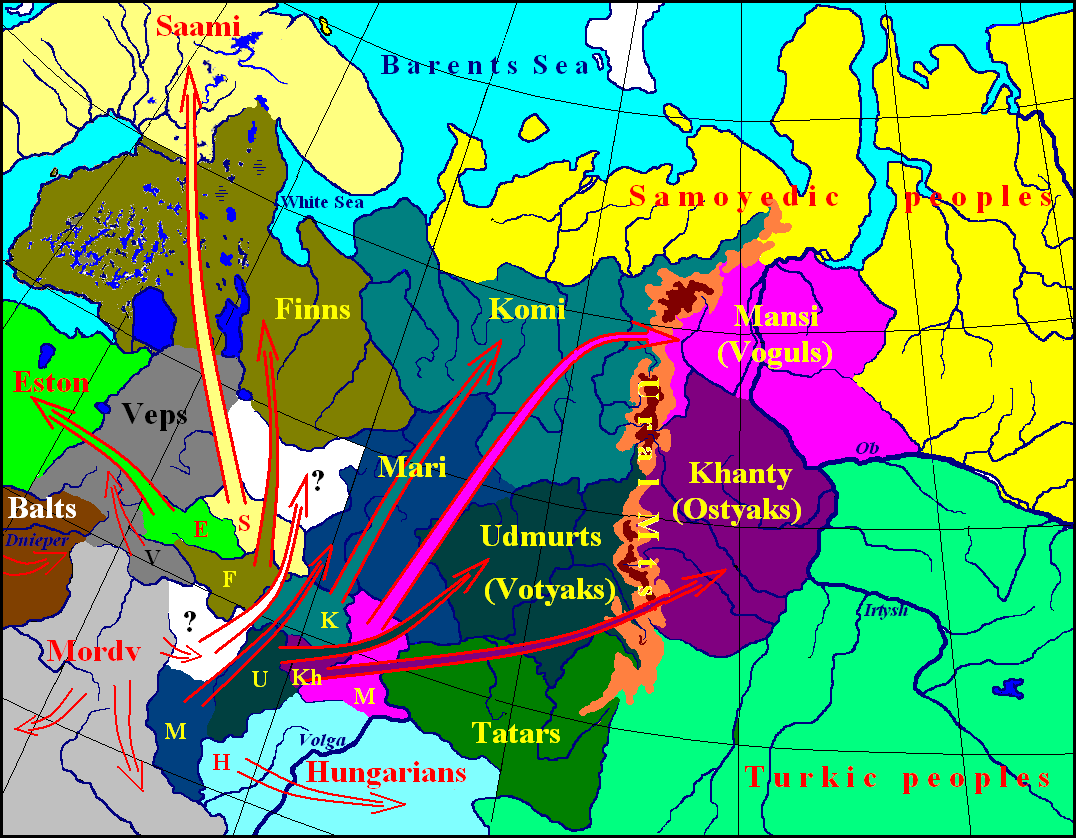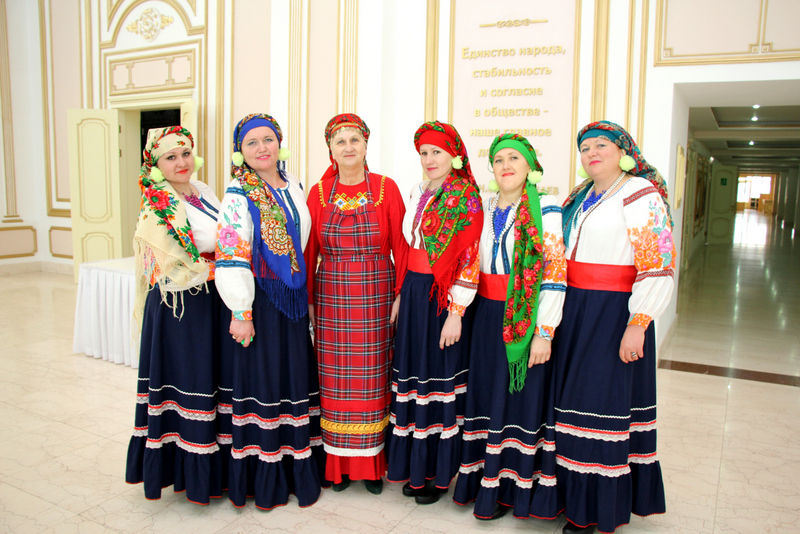
Happy FinnoUgric Day. Saturday 17 October 2020 is celebrated… by
The Finno-Ugric peoples are any of several peoples of Eurasia who speak languages of the Finno-Ugric group of the Uralic language family, such as the Khanty,.

FinnoUgric people
Finno-Ugric peoples today mostly live in North-Western Europe. Geographically, they are located in a vast territory from Scandinavia to the Urals, Volgo-Kamya, lower and middle Pritobolia. Hungarians are the only people of the Finno-Ugric ethno-linguistic group, who formed their state apart from other tribes related to them - in the Carpathian.

Arte histórico, Guerrero tribal, Ilustración de guerreros
The Finno-Ugric peoples constitute a family of scattered nations and populations in northern Eurasia in an area that reaches from northernmost Scandinavia and Finland to western Siberia and from the Volga-Kama Basin to Hungary.

FinnoUgric Peoples FennoUgria
The eighth meeting of the World Congress of Finno-Ugric Peoples took place in Tartu, Estonia, on June 16-18. These congresses, which are held in a different city every four years, are also political summits, usually attended by presidents of the world's three Finno-Ugric-majority countries—Finland, Estonia and Hungary—as well as the Russian Federation, which includes five Finno-Ugric.

Udmurts FennoUgria
Dhaka (/ ˈ d ɑː k ə / DAH-kə or / ˈ d æ k ə / DAK-ə; Bengali: ঢাকা, romanized: Ḍhākā, IPA:), formerly known as Dacca, is the capital and largest city of Bangladesh.It is the ninth-largest and seventh-most densely populated city in the world. Dhaka is a megacity, and has a population of 10.2 million residents as of 2022, and a population of over 22.4 million residents in.

Finnic Erzya women FinnoUgric peoples
The Finnic peoples are sometimes called Finno-Ugric, uniting them with the Hungarians, or Uralic, uniting them also with the Samoyeds. These linguistic connections were discovered between the end of the eighteenth and beginning of the twentieth centuries. [10]

The World Congress of the FinnoUgric peoples to take place in Tartu in
In Finno-Ugric religion: The Finno-Ugric peoples The area inhabited by the Finno-Ugric peoples is extensive: from Norway to the region of the Ob River in Siberia and southward into the Carpathian Basin in central Europe and Ukraine. The history of their geographic dispersion is based almost entirely on linguistic… Read More shamanism

Karelians FinnoUgric folk costumes from Hungary to the Ural Album
14 Finno-Ugric peoples will take part of the VIII Finno-Ugric Peoples World Congress. In all, 400 people take part in the Congress, including 124 delegates and 229 observers, as well as guests and journalists. The Finnish, Hungarian, Russian, Latvian and Estonian presidents are invited to the World Congress.

The Expansion of the FinnoUgric Peoples
The Baltic Finnic or Balto-Finnic peoples, also referred to as the Baltic Sea Finns, Baltic Finns, sometimes Western Finnic and often simply as the Finnic peoples, are the peoples inhabiting the Baltic Sea region in Northern and Eastern Europe who speak Finnic languages.

Veps FinnoUgric people with ancient roots Russia Beyond
World Congress of Finno-Ugric Peoples (often shortened to Fenno-Ugria) is the representative forum of Finnic, Ugric, Hungarian and Samoyedic peoples. The forum is not related to any government or political party.

Alternative Linguiatics The Expansion of the FinnoUgric Peoples
The term Finno-Ugric, which originally referred to the entire family, is sometimes used as a synonym for the term Uralic, which includes the Samoyedic languages, as commonly happens when a language family is expanded with further discoveries. [4] [5] Status

FinnoUgric folk costumes from Hungary to the Ural Album on Imgur
The Finno-Ugric languages are spoken by several million people distributed discontinuously over an area extending from Norway in the west to the Ob River region in Siberia and south to the lower Danube River in Europe.

Russia withdraws from the World Congress of FinnoUgric Peoples
Finno-Ugric religion, pre-Christian and pre-Islamic religious beliefs and practices of the Finno-Ugric peoples, who inhabit regions of northern Scandinavia, Siberia, the Baltic area, and central Europe.

Oneminute lecture Why is the number of FinnoUgric peoples decreasing
Finnic peoples, descendants of a collection of tribal peoples speaking closely related languages of the Finno-Ugric family who migrated to the area of the eastern Baltic, Finland, and Karelia before ad 400—probably between 100 bc and ad 100, though some authorities place the migration many centuries earlier.

Where can a Finn find likeminded folk in Pavlodar, Kazakhstan? Why, at
the Finno-Ugric peoples since 1927 News Book review: Trillium To celebrate the Year of Livonian Heritage and the continuing Decade of Indigenous Languages, Fenno-Ugria publishes a book review of the Livonian-English poetry anthology 'Trillium'. 21.12.2023 Livonian Day in the Latvian National Library in Riga

FinnoUgric people
The Finno-Ugric peoples settled in the 6th to 4th millennium B.C. around the Ural Mountains, mainly on their eastern side, and the river Ob. Individual groups set out between 4000 and 3000 B.C. in an easterly and westerly direction.